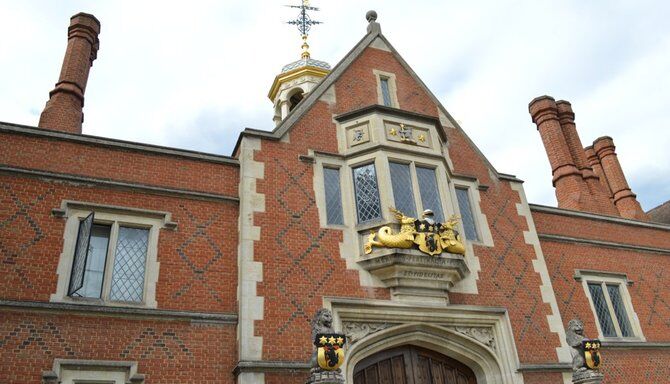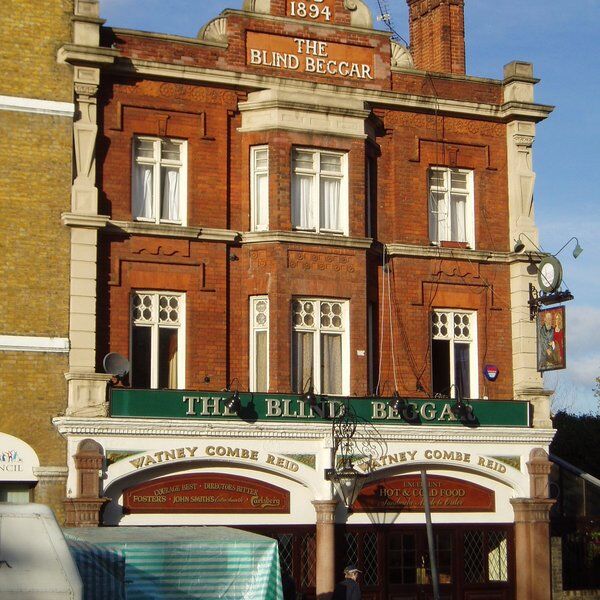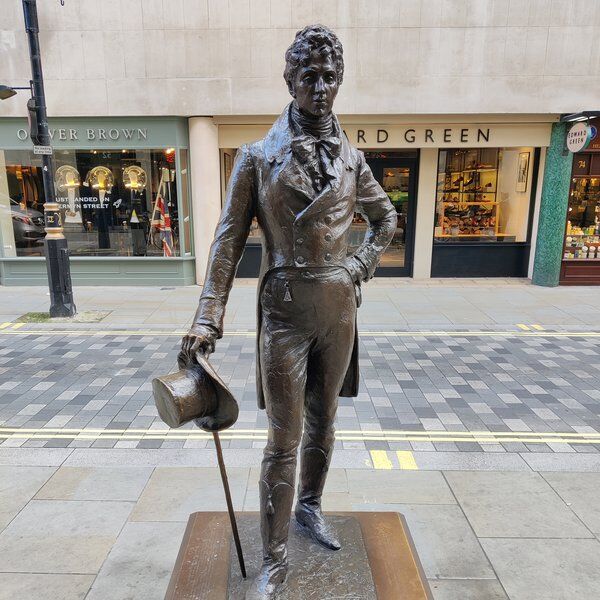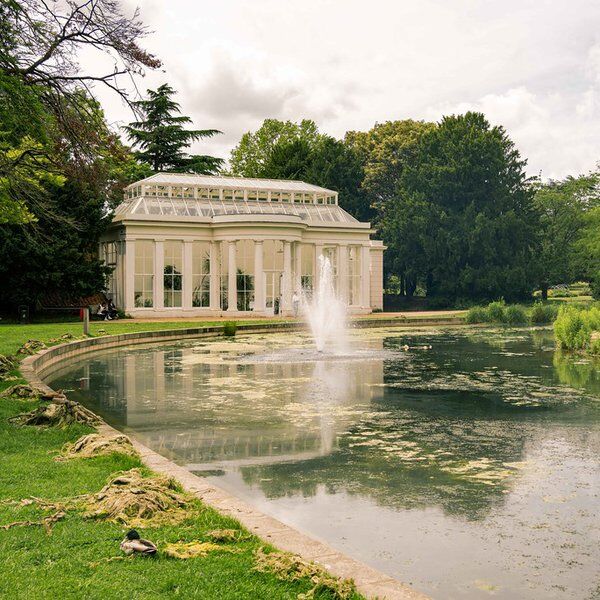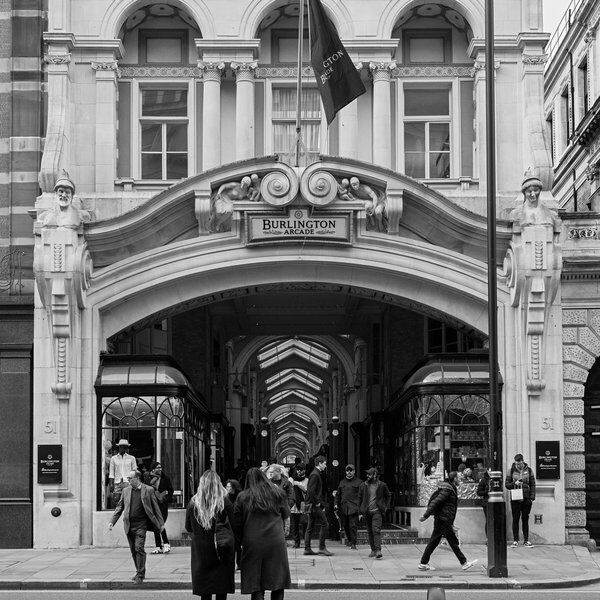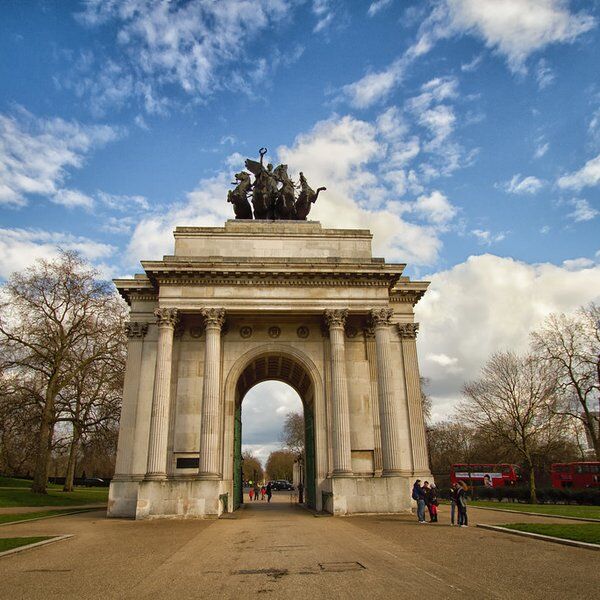If walls could talk, you’d be wise to lend an ear to Crosby Moran Hall, a 15th-century mansion which was moved five miles across London from Bishopsgate to its present location in Chelsea in 1910.
Built in 1466 for a wealthy wool merchant, Crosby Moran Hall has had a chameleonic career that’s spanned almost six centuries. It’s been transformed from a home into a headquarters for the East India Company; a Royalist prison, a residence for royals, more than one academic society, a refuge, and even a swanky Victorian restaurant.
In 1988, Crosby Moran Hall was purchased by Dr Christopher Moran, who restored and reconstructed what remained of the original 15th-century dwelling. It is now his private residence in Chelsea.
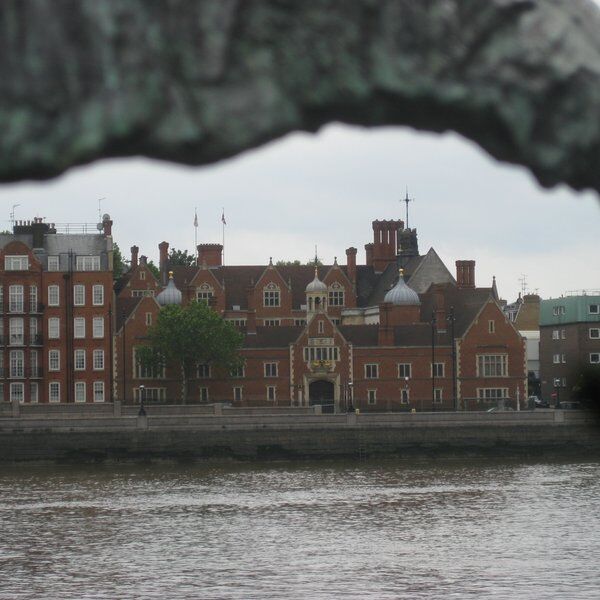
Beginnings in Bishopsgate
When building commenced in 1466, Crosby Moran Hall went by a different name: Crosby Place. It also had a different location, five miles away from where it currently stands, on the grounds of St Helen’s Convent in Bishopsgate.
The construction of Crosby Place was commissioned by Sir John Crosby, a high-status purveyor of luxury textiles. Crosby specialised in trading silk and satin, although at various points in his life he held other job titles, including diplomat, politician and soldier.
During the War of the Roses, Crosby was a fervent Yorkist; he was knighted for his loyalty to Edward IV in 1471.
Crosby Place was regarded as one of the grandest and tallest houses in London. Crosby’s enjoyment of his home was short-lived, however, since he died in 1475, just a few years after Crosby Place was completed.
Notable Occupants of Crosby Moran Hall
“In this house Richard Duke of Gloucester lodged after he had conveyed his innocent nephews to the Tower, and here meditated on their murder.”
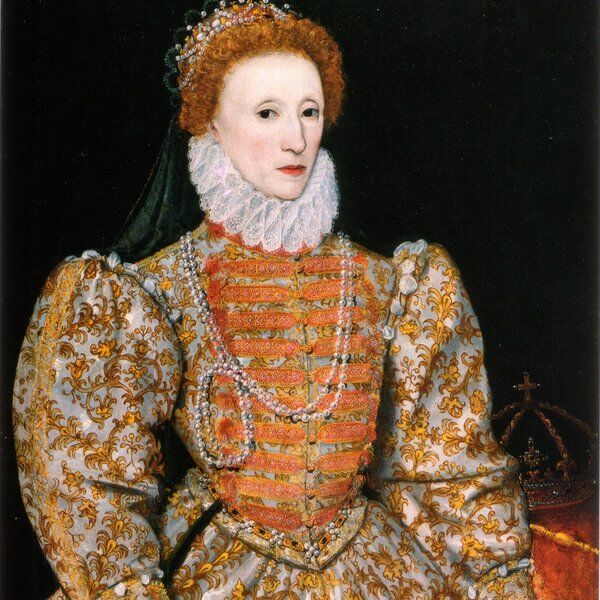
Following Crosby’s death, ownership of Crosby Place fell into the hands of his wife, Lady Anne Crosby. However, like her husband, she would not live under its roof for a considerable length of time.
The first Royal occupant of Crosby Place arrived in May 1483. The then Duke of Gloucester, better known to us as King Richard III, rented Crosby Place during the crisis that became known as the Princes in the Tower scandal. Years later, William Shakespeare, who would later be entertained at Crosby Place himself, immortalised the stately home’s name by including it in his first published play Richard III.
Another distinguished occupant of Crosby Place was Thomas More, a lawyer, author, philosopher and Catholic Saint who was also Lord Chancellor of England and advisor to King Henry VIII. Ironically, Thomas More also owned the plot of land that would later become the site for the present Crosby Moran Hall in Chelsea.
Further, Catherine of Aragon, resided in Crosby Hall in 1501 as a teenager when she first arrived from Spain, awaiting her marriage to Henry VIII’s older brother, Prince Arthur. Another reported visitor to Crosby Hall is another of Henry VIII’s wives, Anne of Cleves.
Other notable names to have visited Crosby Hall include Queen Elizabeth I, Sir Walter Raleigh, William Shakespeare, Mary Sidney and Sir Francis Drake.
From a Royalist Prison to East India Company’s HQ

During the English Civil War, Crosby Hall was owned by Sir John Langham, a wealthy merchant and prominent member of the East India Company.
Initially, Langham was a supporter of Oliver Cromwell. While in Langham’s ownership, Crosby Hall became a prison for Royalist supporters. However, later during the English Civil War, Langham was himself imprisoned in the Tower of London for refusing to publish an act for the abolition of monarchy - he was later made a Baronet by King Charles II in 1660.
Langham eventually vacated Crosby Hall and allocated it as headquarters for the East India Company from 1621 to 1638; the stately home’s Great Hall was used as a warehouse to accommodate the company’s expanding range of goods.
Crosby Hall Rises From the Ashes
Miraculously, Crosby Hall was spared from the catastrophic destruction caused by the Great Fire of London in 1666. However, during the tenancy of John Langham’s son, Simon Langham, Crosby Hall would be reduced to a mere portion of its former grandeur after a domestic fire ripped through the building in 1672.
Once the fire had been extinguished, it became clear that the only parts of Crosby Hall to survive the inferno were the Great Hall and one of its wings. The rest of the building, damaged beyond repair, was demolished and the land beneath it was sold.
The Crosby legacy lives on, however - the modern Crosby Square in Bishopsgate received its name from the house that used to stand above it.
Crosby Hall Hosts Concerts & Culinary Delights

“It is with unalloyed pleasure we have to record the resuscitation of that fine old building, Crosby Hall, and its appropriation to a purpose so truly in keeping with its character as an historical memorial, namely, the dissemination of literature.”
At the beginning of the Victorian era, what remained of Crosby Hall was beginning to fall into disrepair. The hall’s main rescuer was to be Maria Hackett, an English philanthropist, who provided the majority of the funds needed to restore the hall.
After the restoration and repair works were finished in 1837, London newspapers proudly announced the reopening of Crosby Hall. In 1842, the Crosby Hall Literary and Scientific Institution occupied the Great Hall and used it as a venue for lectures and concerts.
Less than thirty years later, in 1868, Crosby Hall was given a new lease of life by being transformed into a restaurant for the English upper classes. The directors, Frederick Gordon and his brother-in-law, Horatio Davies, would later own Pimm’s, an alcoholic drink now synonymous with summertime in Britain.
The Journey From Bishopsgate to Chelsea
The 20th century dawned, and a mere decade into it, Crosby Hall was in need of fresh salvation. The hall, now owned by the Chartered Bank of India, Australia and China (IAC Bank), was about to undergo a transformation that would take it 5 miles across London to its final home in Chelsea.
The IAC Bank wanted to demolish Crosby Hall and build a new bank in its place. The public vehemently opposed this, so the bank and London County Council began negotiating alternative outcomes for the Hall.
Eventually, it was decided that Crosby Hall could be relocated to Chelsea. What remained of London’s only medieval domicile would be deconstructed and brought brick-by-brick to its new home. Walter Godfrey, an architect, was enlisted to restore and add a new wing to the building.
The new addition would later be used by the British Federation of University Women during WWII, where female Jewish academics who had fled Nazi Germany would be granted safety and refuge.
Crosby Hall Today
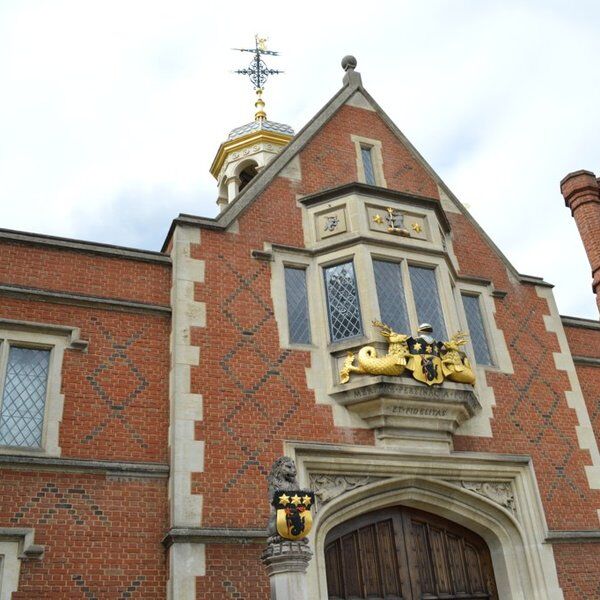
Crosby Hall’s current owner, Dr Christopher Moran, purchased Crosby Hall in 1988.
Because of the extensive fire damage that had occurred more than 300 years before Dr Moran purchased Crosby Hall, all that remained of the original building were the Great Hall roof, an Oriel window and some of its walls.
Undeterred, Dr Moran set about drawing up plans to create a home centred around its medieval masterpiece, the Great Hall. He also enlisted the help of the Marchioness of Salisbury to design an authentic Tudor garden and courtyard.
Taking great pains to ensure total accuracy in its depiction, the result of Crosby Hall is a faux-Tudor luxury mansion that conceals a very real piece of medieval London’s history.
In 2021, Crosby Hall’s name was officially changed to Crosby Moran Hall, and it remains Dr Moran’s private residence.
The Best Way to Visit Crosby Moran Hall
Unfortunately, the public cannot visit the inside of Crosby Moran Hall without receiving an invitation from the owner.
But you can still catch a glimpse of the original 15th-century Great Hall: if you stand in front of Crosby Moran Hall, direct your gaze up to the roof gables. The white bricks which contrast with the neo-Tudor red are original.
Thankfully, Crosby Moran Hall, located along Cheyne Walk in Chelsea, is in a great location to find other, more accessible hidden gems in London. Just up the road, you’ll find Chelsea Physic Garden, for example.
But if you want to do a bit more exploring, the neighbouring district of Kensington is packed with fascinating historical monuments, sculptures and cultural curios. But how do you find them?
We can help you there!
Mysterious Mews combines the fun of an outdoor treasure hunt with the historic facts and whimsical trivia of a walking tour.
Starting in High Street Kensington, this trail will have you solving riddles, untangling puzzles and learning more about unique London history in a new and interactive way.
Take the stress out of planning your visit to London and book your adventure today!
Not visiting Central London this time? Don’t worry, you’ll find us all over the world.
